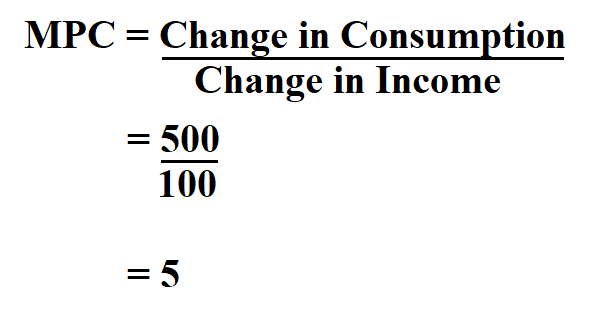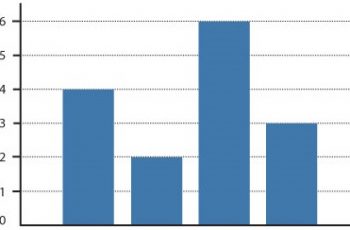Prior to discussing how to calculate MPC, let us define it. MPC is short for marginal propensity to consume and is defined as the increase in consumer spending due to an increase in income.
Simply, MPC describes the percentage of additional income they spend on buying goods and services, instead of saving.
A high marginal propensity to consume indicates that the proportion of increased income spent on goods and services approached the actual amount of that increase. Conversely, a low MPC means an individual spent less of that increase in income and instead, put the money into savings.
Types of MPC.
MPC greater than 1. This shows that changes in income levels lead to proportionately larger changes in the consumption of a particular good. Such a correlation is a characteristic of goods with the price elasticity of demand greater than one such as luxury items.
MPC equal to 1. An MPC equal to one shows that changes in income levels lead to proportionate changes in the consumption of a particular good. Such a correlation can be seen for goods with the price elasticity of demand equal to one.
MPC less than 1. This type shows that changes in income levels lead to proportionately smaller changes in the consumption of a particular good. Such a correlation can be seen for goods with less than one price elasticity of demand.
MPC equal to 0. indicates the change in income levels does not change the consumption of the good. Such correlation is applicable for goods with a price elasticity of demand.
Formula to Calculate MPC.

Example:
Suppose an employee’s salary was raised by $ 500 and her increment in consumption is $100. Calculate the MPC.

Therefore, the MPC is $ 5.

